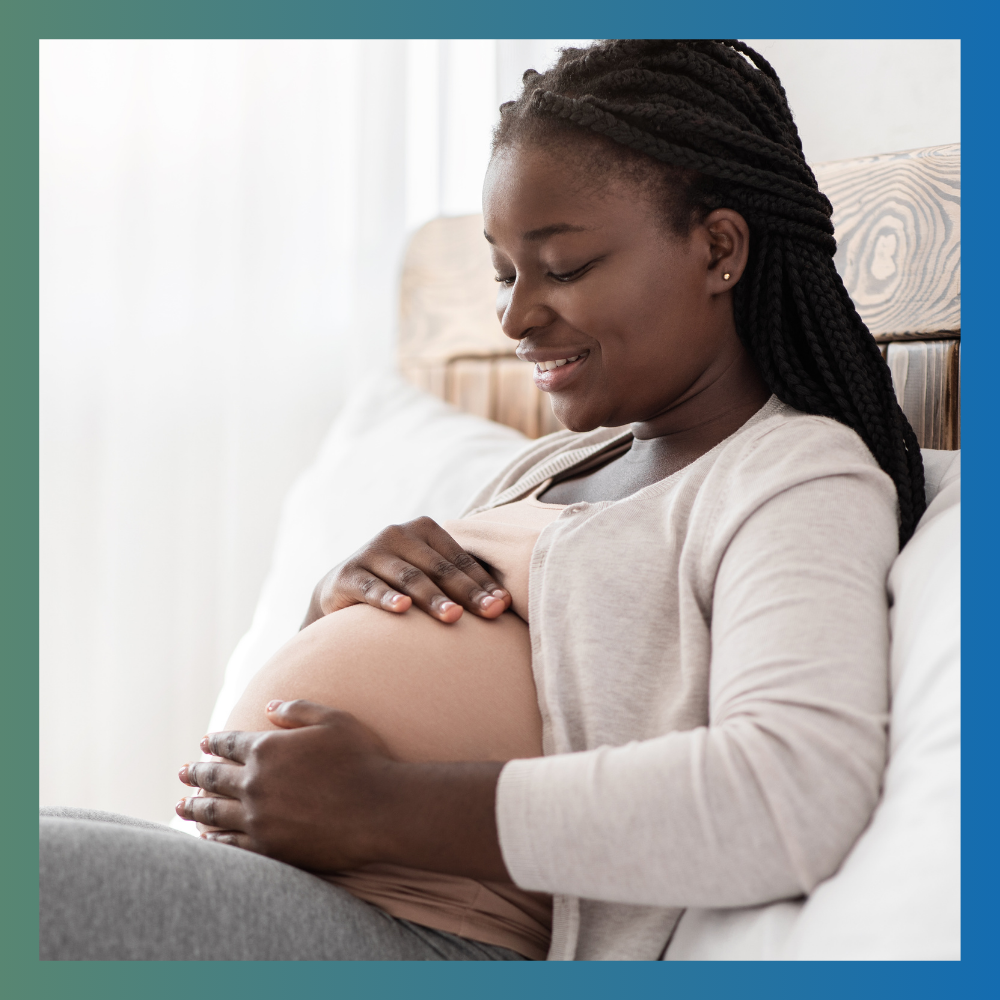The Effectiveness of Massage in Managing Pregnant Women with Pelvic Girdle Pain: a Randomised Controlled Crossover Feasibility Study
Abstract
Introduction: Pelvic girdle pain is a common problem experienced during pregnancy, with high incidence rates and significant impacts on quality of life. Remedial massage might be able to provide some reduction in pain.
Aim: This study aimed to investigate the feasibility of conducting a randomised controlled trial on the effectiveness of massage in treating pregnant women with pelvic girdle pain to determine its merits and viability for use in a large-scale study.
Methods: A two-arm pilot randomised feasibility crossover-controlled trial. The two treatment phases were a) remedial pregnancy massage, and b) exercise.
Results: Twenty-four women started the study and 19 women completed the study. Data were collected on recruitment and retention rates, crossover study design methodology, participant sub-characteristics, and acceptability of the outcome measures (pain, quality of life, and disability).
Conclusion: Recruiting participants for a pregnancy-related pelvic girdle pain study is indeed feasible; however, a crossover study design is not appropriate and future studies should consider a mixed methods study design.
Downloads the last 12 months

License
Copyright (c) 2023 Author(s)

This work is licensed under a Creative Commons Attribution-NonCommercial-NoDerivatives 3.0 Unported License.





.png)





